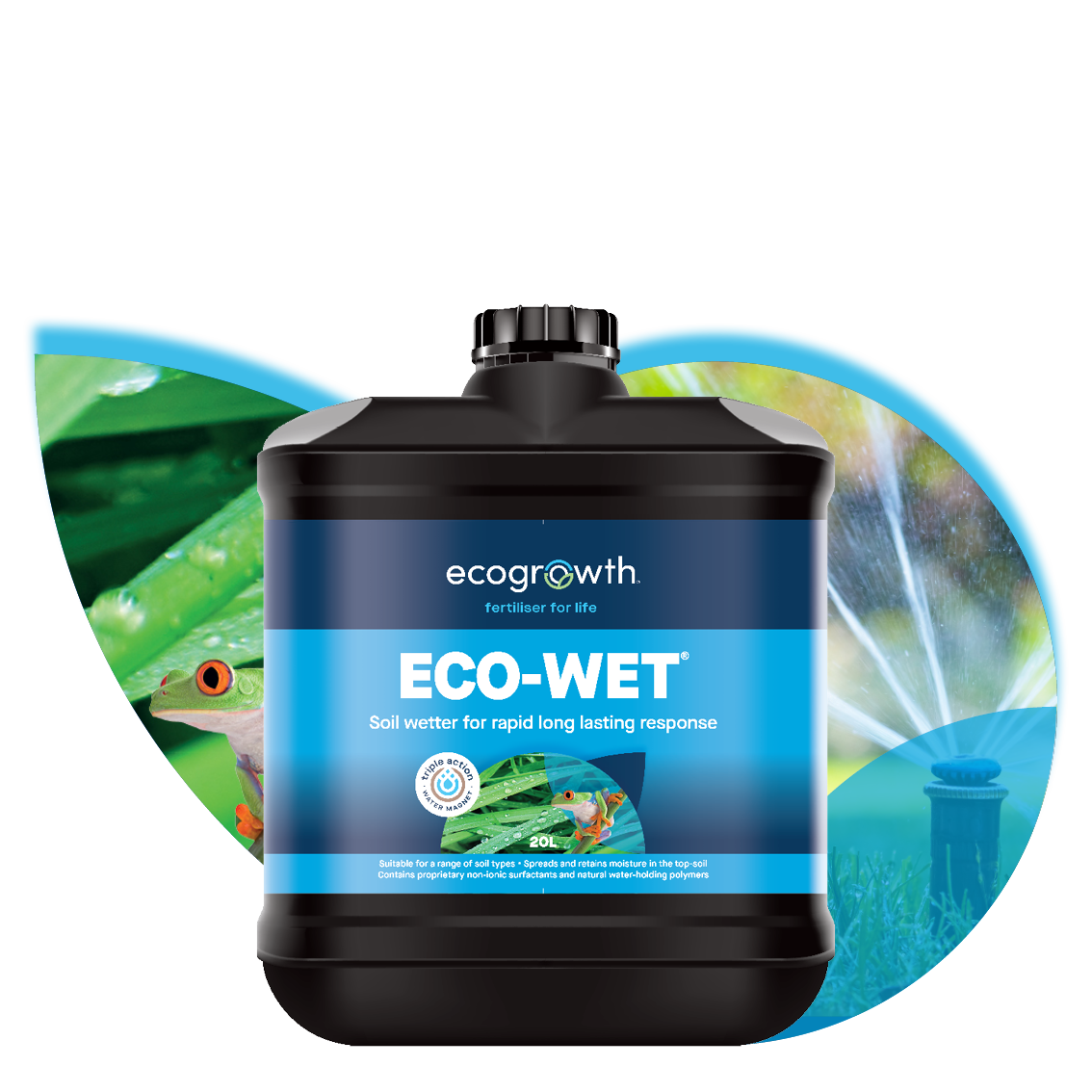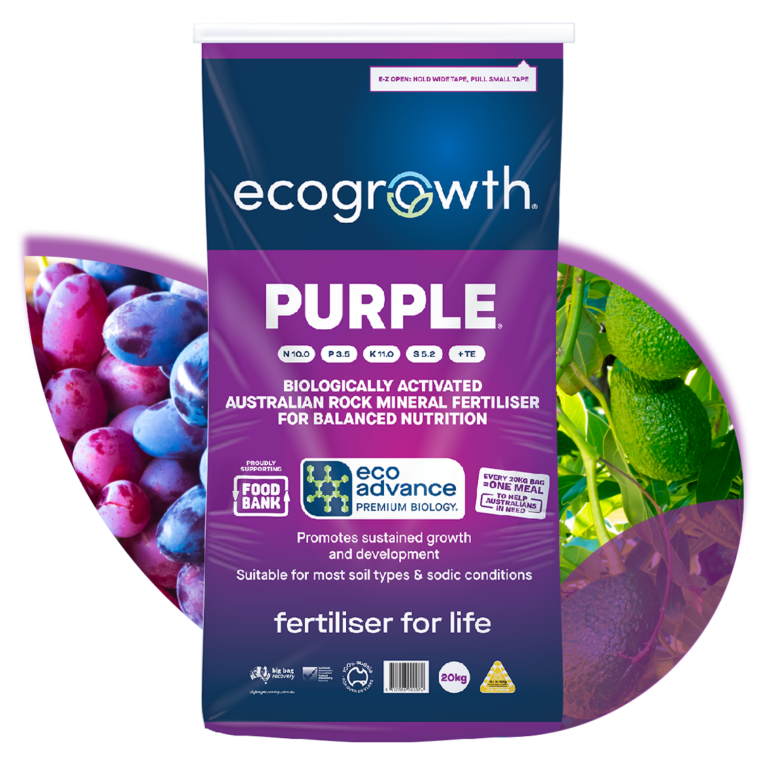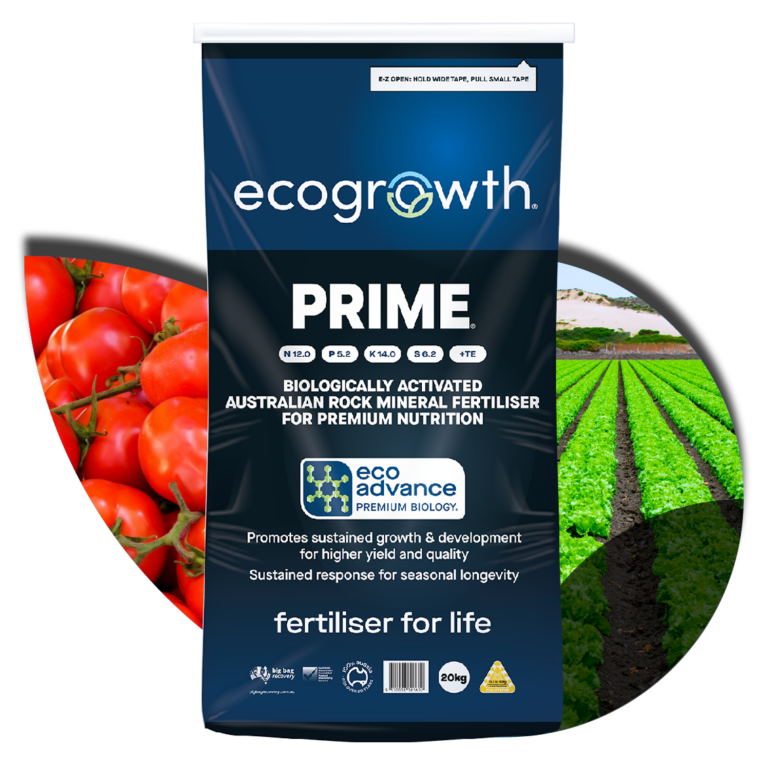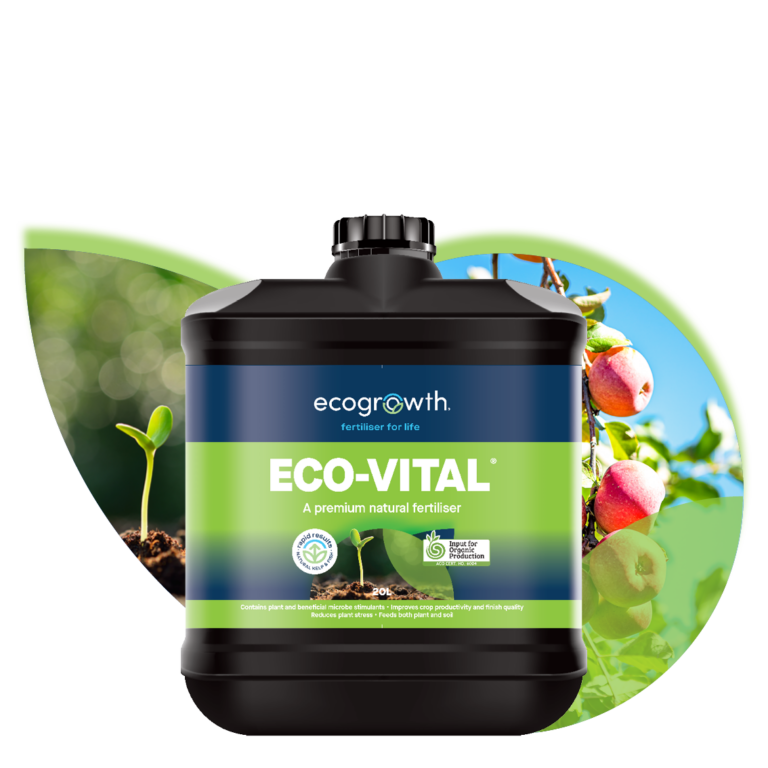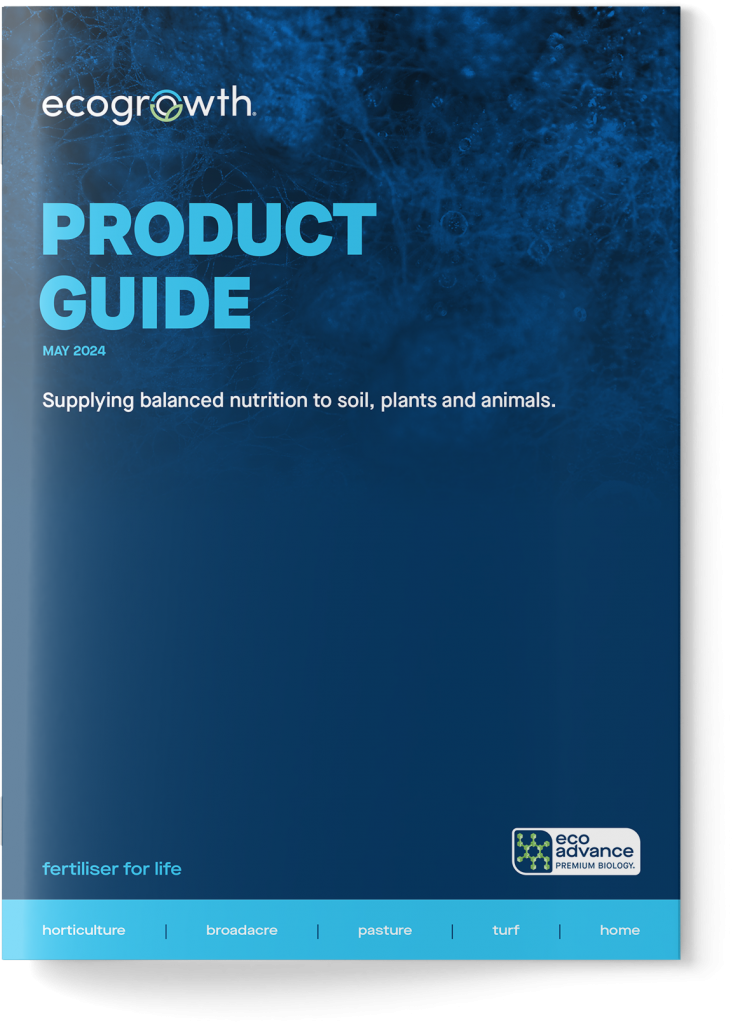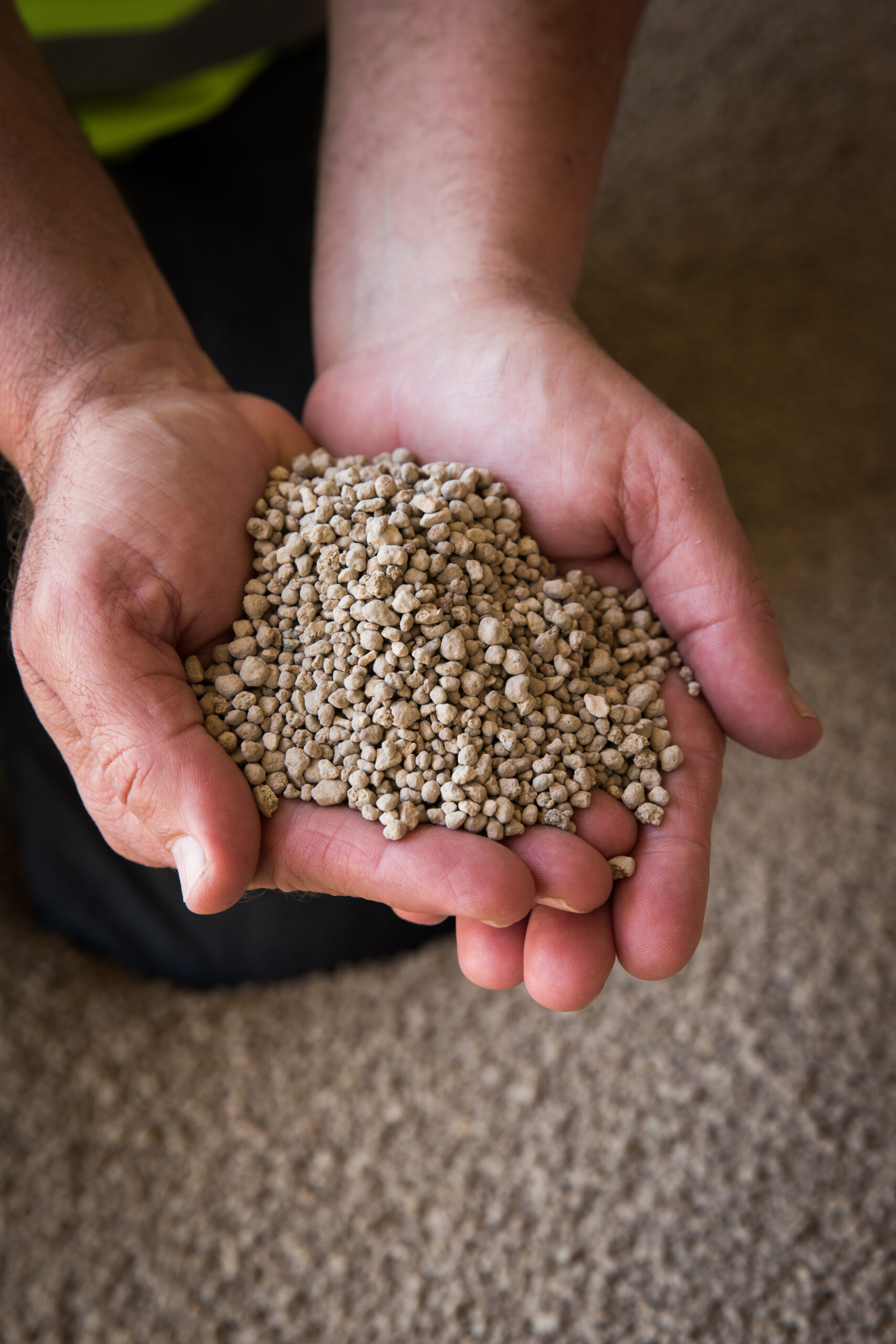
TECHNICAL ARTICLE
The benefits of rock minerals as fertilisers
Rock mineral Phosphates such as Apatite, form the basis for the manufacture of many everyday fertilisers including Super Phosphate and Monoammonium Phosphate. Used excessively, these form insoluble compounds usually derived from Calcium, Phosphorus, Iron, Aluminium etc. in the soil.
This is both wasteful and problematic as soil structure becomes tighter with these concretions effectively reducing plant available soil fertility. It is worth emphasising the point, that the inappropriate or over-application of fertilisers, results in a de-fertilisation of the soil owing to resulting nutrient antagonisms (Nutrient Fixing) and excess leaching into the environment.
The environmental impact of excessive Phosphorus use has not gone unnoticed by the Australian government.
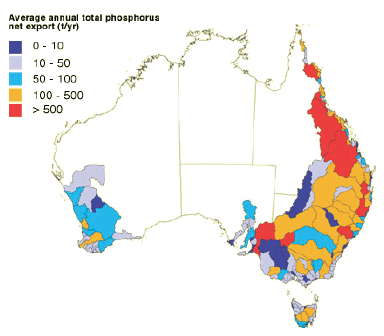
In Western Australia, the state government proposed a “Fertiliser Action Plan” in 2007 where phosphorus fertilisers with greater than 40% water solubility including those in Table 2.1 would be banned in favour of low water solubility fertilisers such as Reactive Rock Phosphate (i.e. Eco-Prime® Soft Rock Phosphate), Table 2.2.
Table 2.1 – Typical analysis of a range of highly water-soluble P fertilisers
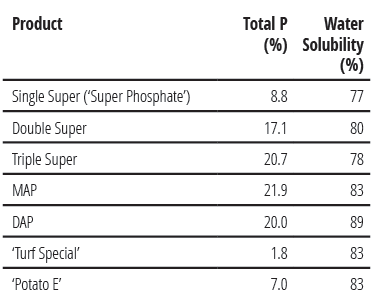
Table 2.2 – Typical analysis of a range of low water-soluble P fertilisers
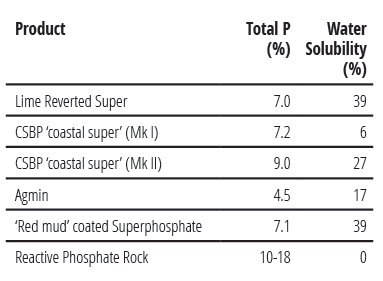
A reason for focusing on the water solubility of Phosphorus is it can leach into inland waterways. These freshwater courses are naturally low in Phosphorus, and its addition can result in massive algal blooms as a result of eutrophication. The worse impacts of this are often seen due to the subsequent deoxygenation of water as algae die resulting in extensive fish deaths. These blooms can often be toxic as well, for other water users including contamination of town water supplies etc.
Organisations such as the Food and Agricultural Organization of the United Nations (FAO), CSIRO and others have for some years pursued alternatives to synthetic fertilisers. One of these has been what they refer to as Rock Phosphates (RP).
Rock Phosphates have been found to work well under certain conditions as outlined by Australia’s National Reactive Phosphate Rock Project. for instance under high rainfall conditions (>850mm), high Phosphorus leaching conditions, and high Phosphorus fixing conditions. Being generally suited to lower pH conditions, it has been noted that RP products also performed well when allowed up to 4 years to release, ultimately exceeding the economic value of super phosphate over that period. Evans6 took another step in research by incorporating sulphur with RP to speed reactivity and increase pH tolerance, as supported by further CSIRO research in combining bacillus with Sulphur and RP to create Bio-superphosphate.
Ecogrowth has utilised much of this research commencing in the 1992 benefaction of Australian Reactive Rock Phosphate by Superior Fertilisers, to enhance Phosphorus availability. This micronized phosphorus and the addition of organic binding substances increased citrate solubility resulting in faster release of phosphorus. This base compound was then fortified for non-organic production with water-soluble Phosphorus to enhance the speed of release.
In the early 2000s, Ecogrowth incorporated specialised microbes (EcoAdvance® premium biology) to further enhance this process resulting in exceptional speed of release and longevity, allowing for Ecogrowth Products such as Red® and Purple® to out-compete many name brands resulting in exceptional market uptake, achieving name brand status in many markets including in Macadamias, Avocados, Viticulture, Turf (and more) across the country.
Results: Fertilisers that perform differently

Chart 1, Dowerin 2017, replicated yield performance trial of phosphorus inputs, of Ecogrowth 3 and 6 unit/ha fertiliser Ripped R and Non-ripped vs. TSP 3 and 6 unit/ha Ripped R and Non-ripped, plus and minus yield result in tonnes against control.
The true advantage of these unique fertilisers is that they perform differently from synthetics and can be tailored in many situations to take full advantage of their unique characteristics. For instance, they can be used effectively in high Phosphorus Buffering Index (PBI) soils such as those found in Low pH, High Aluminium, High Iron and Acid Sulphate situations. Owing to low salt index, they are also appropriate for saline soils.
An extreme example is to be found near Albany in the South West of Western Australia, where saline peat swamps used for growing seed potatoes sometimes vary in pH from 3.5pH water, through to 9.0pH in as little as 100meters distance over a single paddock. Owing to their unique chemistry, Ecogrowth fertilisers are able to ensure constancy across the paddock in the delivery of Phosphorus (and all elements), except for in the most extremities of the paddocks.

These Eco-Prime® Fertilisers increase soil fertility, not just by increasing Phosphorus, but owing to their natural origins, re-mineralising the soil with a complex analysis of macro and micronutrients (Rock Minerals), which can be specifically matched to various soil types from highly saline high magnesium soils, though to leaching calcareous sands.
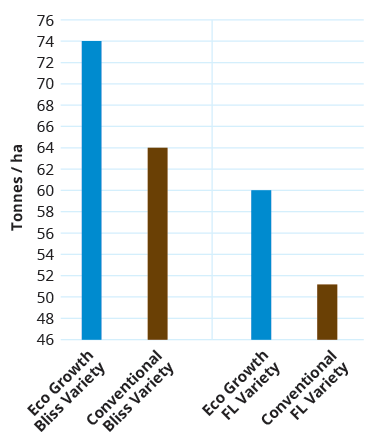
Chart 2, Yield comparison.
A significant increase in skin peel analysis against conventional control was observed.
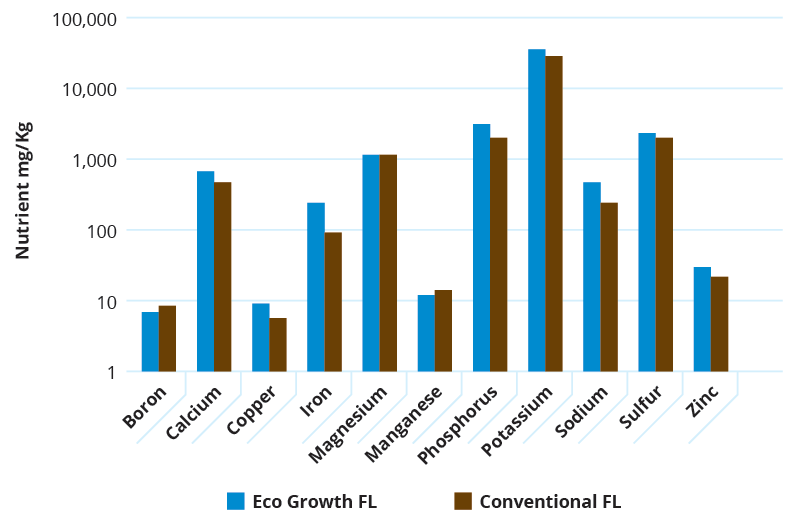
Chart 3, Skin peel analysis comparison: Ecogrowth vs. Conventional on FL variety
How to get the most out of Silicate Rock Minerals
Ecogrowth is able to formulate silicate rock mineral blends that combine minerals in both water-soluble and colloidal slow-release forms to match your soil and crop. These come not just containing EcoAdvance® premium biology beneficial microbes, but as importantly they contain the materials for indigenous microbes to be stimulated and sustained as plants grow.
Ecogrowth can be formulated for use in many environments from high Salt, and excess Aluminium, to calcareous sands. Our fertilisers can be selected and designed for use in air seeders through three-point linkage spreaders.
Today’s Ecogrowth granular rock mineral fertiliser range has been developed with a combination of volcanic silicate rock minerals sources rich in macro and micronutrients. The result is a natural balance of phosphorus, Calcium, Carbon, Magnesium, Iron, and Manganese with extensive trace elements including nickel and selenium. These are arranged in each fertiliser granule looking rather similar to a colloid of healthy soil, with a pudding-like mixture of carbon, microbial food, air and minerals, perfect for soil health.
For more information, contact your local distributor, or contact us to speak to an Ecogrowth nutritional expert.
References:
1. Joint Fertiliser Working Party. 2007. “Fertiliser Action Plan, Phasing-out the use of Highly Water Soluble Phosphorus Fertilisers in Environmentally Sensitive Areas of South West, Western Australia.” Report to the Western Australian Minister for the Environment.
2. Davis, J. & Koop, Klaus. (2006). “Eutrophication in Australian Rivers, Reservoirs and Estuaries – A Southern Hemisphere Perspective on the Science and its Implications.” Hydrobiologia. 559. 23-76. 10.1007/s10750-005-4429-2.
3. Zapata, F. 2004. “Use of Phosphate rocks for sustainable agriculture.” Joint publication of the FAO Land and Water Development Division and the International Atomic Energy Agency. Rome, 2004.
4. M. J. McLaughlin, N. K. Fleming, P. G. Simpson, M. D. A. Bolland, R. J. Gilkes, P. W. G. Sale, G. J. Blair, G. Hepworth, M. A. Gilbert, J. Stewart, D. L. Garden, P. R. Dann, L. Hamilton, J. Hunter, J. W. D. Cayley, G. N. Ward, D. Johnson and D. C. Lewis. 1997. “National Reactive Phosphate Rock Project —aims, experimental approach and site characteristics.” Australian Journal of Experimental Agriculture 37(8) 885 – 904
5. P. G. Simpson, P. W. G. Sale and S. B. Tennakoon. 1997. “An economic analysis of the field performance of North Carolina reactive phosphate rock compared with single superphosphate for selected sites from the National Reactive Phosphate Rock Project.” Australian Journal of Experimental Agriculture, 1997, 37, 1061–76
6. J. Evans, L. McDonald, A. Price. 2006. “Application of reactive phosphate rock and sulphur fertilisers to enhance the availability of soil phosphate in organic farming.” Nutr Cycl Agroecosyst (2006) 75:233–246
7. Swaby, R. J. Production and uses of biological Superphosphate. CSIRO.
Related products
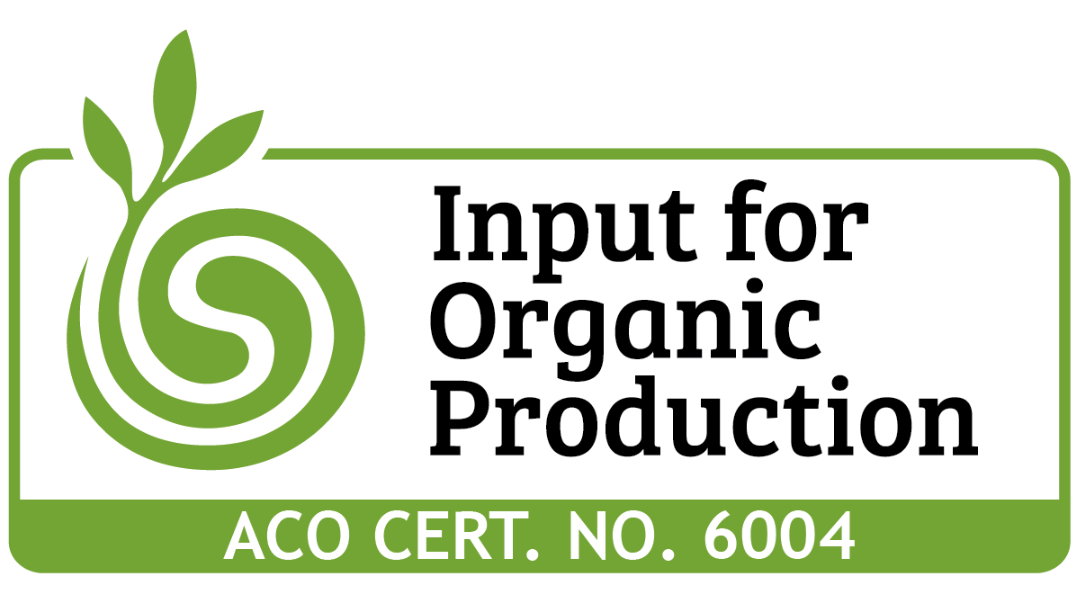
Eco-Vital®
A premium natural kelp and fish fertiliser with plant extracts that delivers rapid results.





